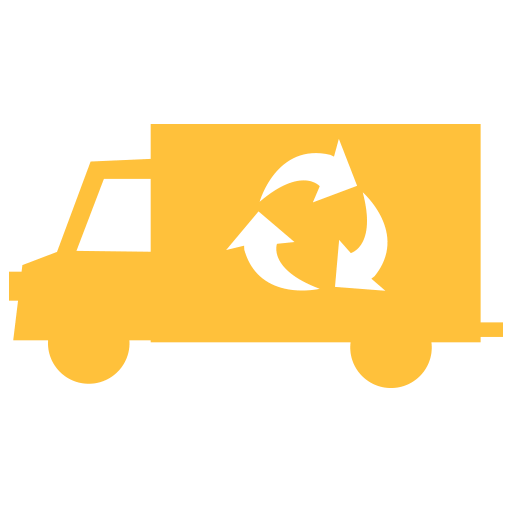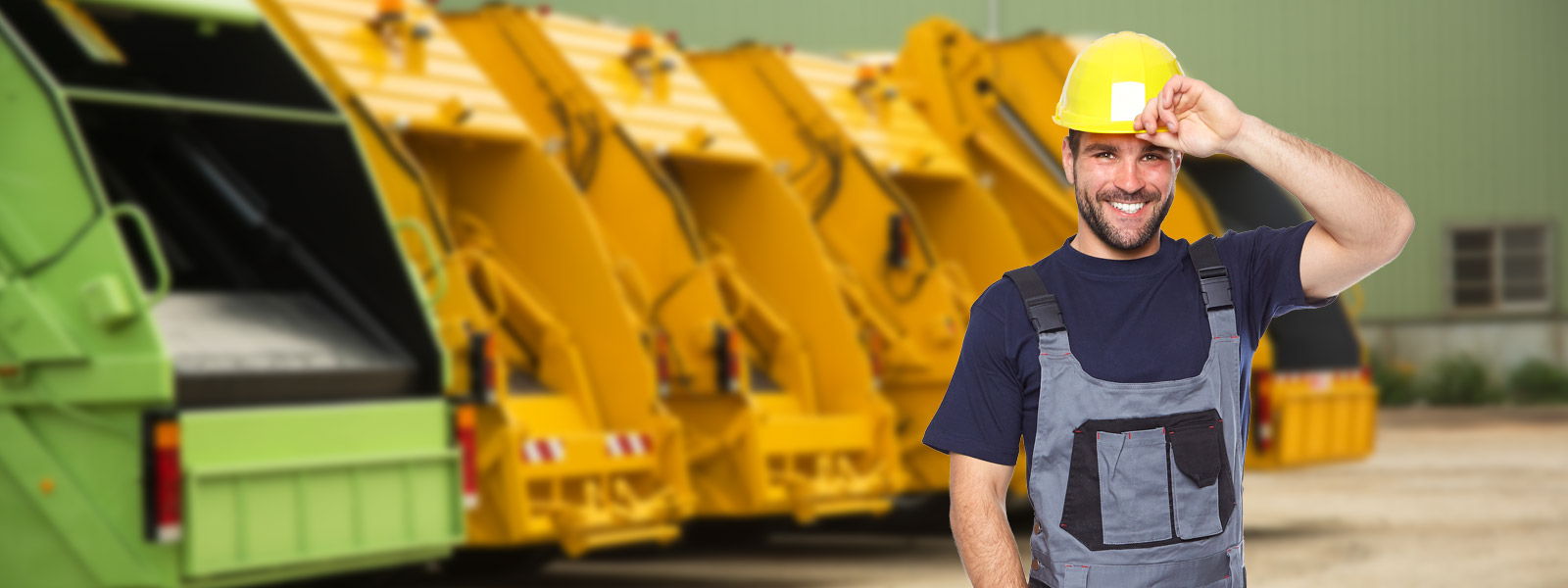Plastic Warnings: What to Avoid for a Greener Future
Posted on 15/09/2025
Plastic Warnings: What to Avoid for a Greener Future
Plastic has become an integral part of our daily lives; from packaging to electronics, from utensils to vehicles, it's virtually everywhere. However, the convenience that plastic offers comes with profound environmental costs. Recognizing the dangers of plastic and understanding plastic warnings is essential to building a more sustainable and environmentally-friendly future. This article provides a comprehensive guide to what you should avoid, why it matters, and actionable tips for making greener choices.

Why Are Plastic Warnings Essential?
Every year, millions of tons of plastic waste end up in our oceans, landfills, and even our food chains. The consequences for ecosystems, wildlife, and human health are becoming increasingly severe. Plastic pollution contributes to climate change, disrupts marine life, and threatens biodiversity. Therefore, being aware of plastic warnings is not just a matter of personal choice--it's a critical step toward a healthier planet.
The Global Impact of Plastic Pollution
- Ocean Contamination: Over 8 million tonnes of plastic are dumped into the world's oceans each year, harming marine animals and entering our seafood supply.
- Landfill Overflow: Plastic makes up a significant percentage of landfill waste, much of it taking centuries to decompose.
- Harmful Microplastics: Microplastics from bottles, bags, and synthetic clothing have been found in drinking water, food, and even the air we breathe.
- Greenhouse Gas Emissions: The production and disposal of plastic contributes to greenhouse gas emissions, further exacerbating climate change.
Types of Plastics to Avoid
Not all plastics are created equally. Some pose greater environmental and health risks than others. Understanding which plastics to avoid is key to following plastic warnings and making responsible choices.
Single-Use Plastics: The Top Offenders
Single-use plastics are designed for one-time use and then thrown away. Less than 10% of these plastics are recycled, and the rest accumulate in the environment or landfills. Some examples include:
- Plastic Bags: Used for a few minutes on average, but take hundreds of years to break down.
- Plastic Straws and Cutlery: Small and lightweight, they're almost impossible to recycle and are frequently mistaken for food by marine animals.
- Water and Soda Bottles: Billions are discarded globally each year, with most ending up in landfills or the ocean.
- Polystyrene (Styrofoam) Cups and Containers: Not biodegradable and notorious for breaking into microplastics.
- Plastic Wrappers and Packaging: Often multi-layered and non-recyclable.
Hazardous Plastics: Health and Environmental Concerns
Some plastics contain chemicals that leach into food, beverages, and eventually our bodies. Here are the primary ones you should avoid:
- #3 Polyvinyl Chloride (PVC): Often contains phthalates and BPA, both linked to hormonal imbalances and cancer.
- #6 Polystyrene (PS): Linked to styrene exposure, which may be carcinogenic.
- #7 Other (Polycarbonate and Mixed Plastics): May contain BPA, a chemical suspected to disrupt endocrine functions.
Environmental and Personal Health Risks of Plastic
When considering plastic warnings, it's important to weigh both environmental and health impacts. Certain plastics can release harmful chemicals during their production, use, and disposal stages.
The Dangers of Microplastics
Microplastics are tiny fragments less than 5mm in size. They're created when plastic items degrade or are intentionally manufactured at a small size (like microbeads). These particles have infiltrated every corner of the planet--from remote mountaintops to deep-sea trenches.
- Food Chain Contamination: Microplastics are consumed by small aquatic organisms, then passed up the food chain to larger animals and humans.
- Potential Health Risks: Microplastics can carry bacteria, heavy metals, and toxic chemicals into our bodies, possibly affecting immune and endocrine systems.
- Soil and Water Pollution: Microplastics alter soil structure and water quality, disrupting ecosystems.
Chemical Leaching from Plastics
Certain plastics, especially when exposed to heat or sunlight, can leach hazardous chemicals into food and drinks. BPA, phthalates, and styrene are just a few chemicals of concern, with links to health issues like hormone disruption, cancer, and developmental disorders.
How to Read Plastic Warnings and Codes
Most plastic containers and packaging items have a recycling code--usually a number in a triangle. Understanding these codes is vital for avoiding harmful plastics. Here's what they mean:
- #1 PET (Polyethylene Terephthalate): Common in water bottles and food packaging. Generally considered safe, but single-use only.
- #2 HDPE (High-Density Polyethylene): Used in milk jugs, detergent bottles, and some bags. Widely recycled and safer.
- #3 PVC (Polyvinyl Chloride): Avoid due to toxic chemicals.
- #4 LDPE (Low-Density Polyethylene): Used for bags and some wrap. Difficult to recycle but low toxicity.
- #5 PP (Polypropylene): Common in yogurt cups and straws. Moderate safety, sometimes recycled.
- #6 PS (Polystyrene): Avoid; not safe for food/drink, poorly recycled, and leaches styrene.
- #7 OTHER (Mixed Plastics): Often contains BPA and other harmful chemicals.
Practical Steps to Reduce Plastic Use
Adopting a greener lifestyle means taking plastic warnings seriously and making conscious decisions daily. Here are some effective strategies:
1. Reusable Alternatives
- Bring your own bags: Always carry reusable shopping bags to reduce the need for plastic bags.
- Switch to glass or stainless steel: Use these materials for water bottles and food containers, especially for hot items.
- Carry reusable cutlery and straws: Make it a habit to keep a set in your bag or car.
2. Rethink Packaging
- Buy in bulk: Reduce packaging waste by purchasing items in larger quantities or from bulk stores.
- Choose cardboard or paper packaging: Opt for products in recyclable or compostable wrappers.
- Support plastic-free brands: Seek out companies with sustainable, plastic-free initiatives.
3. Practice Responsible Recycling
- Know your local recycling rules: Follow local guidelines to ensure recyclable plastics are properly sorted.
- Clean and dry your plastics: Remove food residues to prevent contamination.
- Return soft plastics: Some supermarkets collect plastic bags and wrappers for specialized recycling.
Plastic Warnings Around the World
Countries worldwide are waking up to the undeniable need for plastic warnings and regulation. Some are taking bold steps to reduce single-use plastics and warn their citizens of environmental hazards.
France
France has banned plastic cups, plates, and cutlery, aiming to eliminate many single-use plastics by 2040. Supermarkets must phase out plastic packaging on produce.
Kenya
With one of the strictest plastic bag bans, offenders face hefty fines and even jail time for using or producing plastic bags. This move has dramatically reduced street litter and waterway blockages.
Australia
Australian states and territories have implemented bans on lightweight plastic bags, and many cafes have shifted to compostable coffee cups or "bring your own cup" schemes.
European Union
The EU's ambitious plan includes bans on common single-use plastic items and requirements for all packaging to be recyclable or reusable by 2030.
Common Plastic Myths Debunked
-
All plastics are recyclable.
Reality: Most single-use plastics and multi-layered items aren't accepted by standard recycling systems. -
Biodegradable plastics are harmless.
Reality: They only break down in industrial compost facilities and may still release microplastics. -
Recycling solves the plastic problem.
Reality: Less than 10% of plastics are actually recycled; reduction and substitution are more effective.

The Future of Plastic Warnings and Green Living
A greener future depends on how society responds to plastic warnings today. Scientists, governments, and citizens worldwide are innovating:
- Developing Bio-based Plastics: Made from plants, these aim to reduce toxicity and environmental impact.
- Advancing Recycling Technologies: New methods are being designed to recycle more complex plastics.
- Emphasizing Zero-Waste Lifestyles: Minimalism and zero-waste movements are gaining traction, promoting reusables.
Conclusion: Making Greener Choices Every Day
Heeding plastic warnings and choosing what to avoid is crucial for a sustainable and greener future. By consciously reducing single-use and hazardous plastics, we lessen our environmental footprint and protect our own health. Every individual action, from choosing reusable alternatives to supporting government policies, makes a difference. Remember, a greener future is not just a vision--it starts with informed choices today.
- Identify hazardous plastics and avoid them.
- Opt for reusable, recyclable, or compostable alternatives.
- Stay informed about plastic warnings and support greener initiatives.
Together, we can build a future free from the dangers of plastic pollution--one choice at a time.
 House clearance
House clearance Rubbish collection
Rubbish collection








 020 3744 6462
020 3744 6462 020 3744 6462
020 3744 6462


